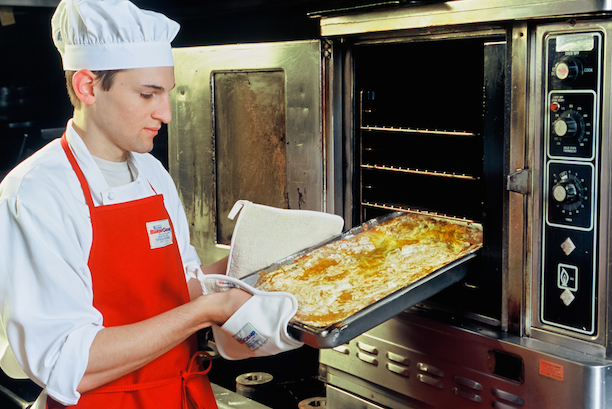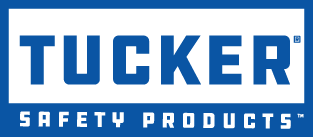Burns: A Preventable Hazard
Burn injuries are not only painful, but costly for your business!
The length of a mitt or glove should be chosen based on the application, job task or equipment type. Typically, 15 or 18 inch lengths will meet the majority of your needs in foodservice. When determining arm length, consider how much protection is needed to protect the hand, wrist and arm from incidental burns that can occur from contact with hot equipment surfaces. A 12″ length protects the hand and wrist, 15″ protects the hand and entire forearm, 18″ protects up to the elbow, and 24″ covers virtually the entire arm.

Scalds and Burns are Preventable Injuries
According to the Burn Foundation, the Foodservice Industry experiences the highest number of burn injuries of any employment sector with other industry statistics revealing nearly one-third of occupational burns occurring in restaurants*.
The U.S. Bureau of Labor Statistics lists foodservice workers among the top 50 occupations at risk for occupational burns.
Hot liquids and steam are frequent burning agents
A burn at 160ºF (71ºC) takes only one second to produce a full-thickness burn. When hot liquid makes contact with the skin, cells are killed by the heat. Even with incidental contact, damage can still occur.
The majority of burns occurring in foodservice operations are the result of accidental contact with hot liquids and steam or immersion in scalding water.
Burns are classified by severity and burn depth
Second Degree Burn (Partial Thickness): These burns penetrate deeper into the dermis and usually includes large blisters and may have a wet appearance.
Third Degree Burn (Full Thickness): These burns may have a charred appearance, be leathery, white in color and feel dry to the touch. Often, the burned areas will lose sensitivity and include the entire depth of skin.
Fourth Degree Burn (Full Thickness): These burns penetrate all the way to muscles, tendons and bones. Skin grafts, surgery and even amputation may be required.
Preventing Burn Injuries
- Wear Tucker protective gloves or mitts when handling hot pots or cooking with hot liquids and grease
- Wear non-skid shoes to prevent slipping on wet or greasy tile floors
- Avoid reaching over or across hot surfaces and burners
- Avoid overcrowding on range tops
- Turn pan handles away from burners; never leave handles sticking out over the edge of the stove/range
- Adjust burner flames to cover only the bottom of the pan
- Keep sleeves buttoned and avoid wearing loose clothing when working around ranges, ovens or hot equipment
- Ask for help when moving a heavy container of liquid or oil; if possible, avoid moving hot oil while it is hot
- Plan traffic patterns so workers carrying hot food won’t collide with each other
